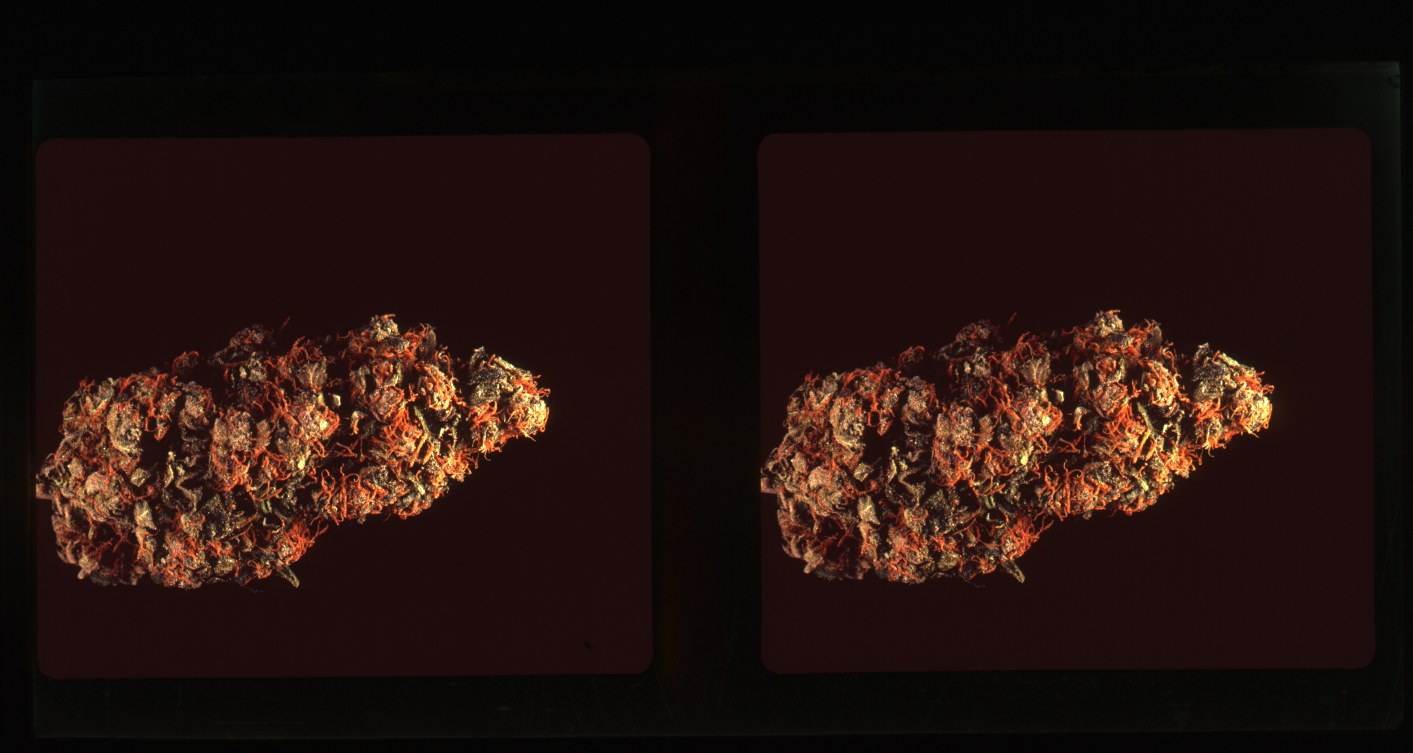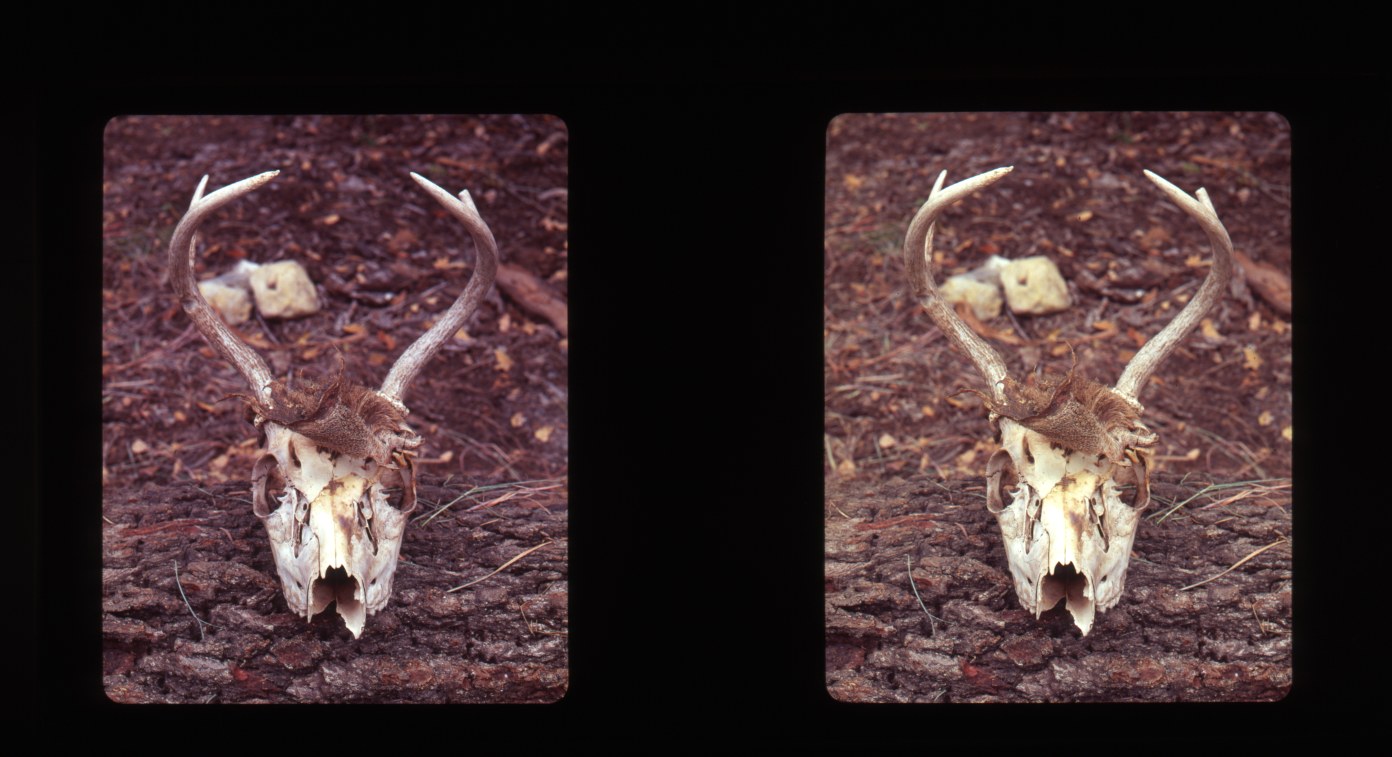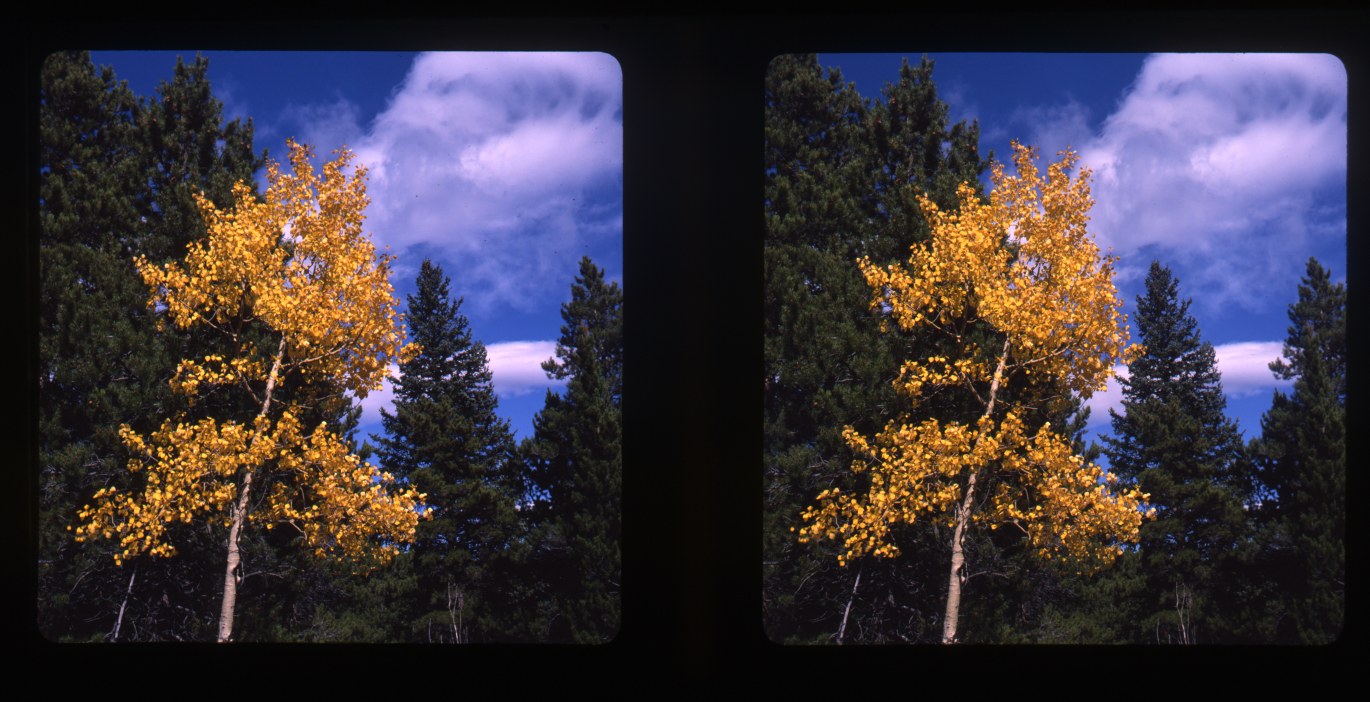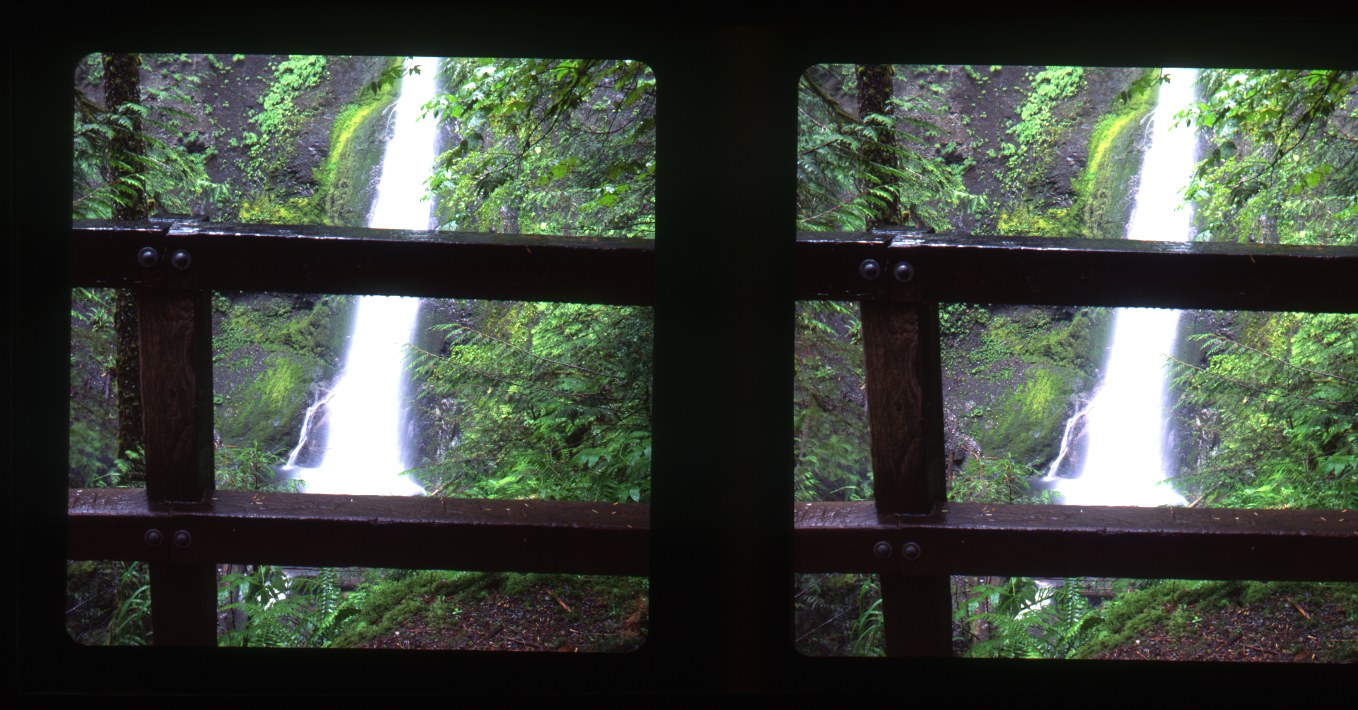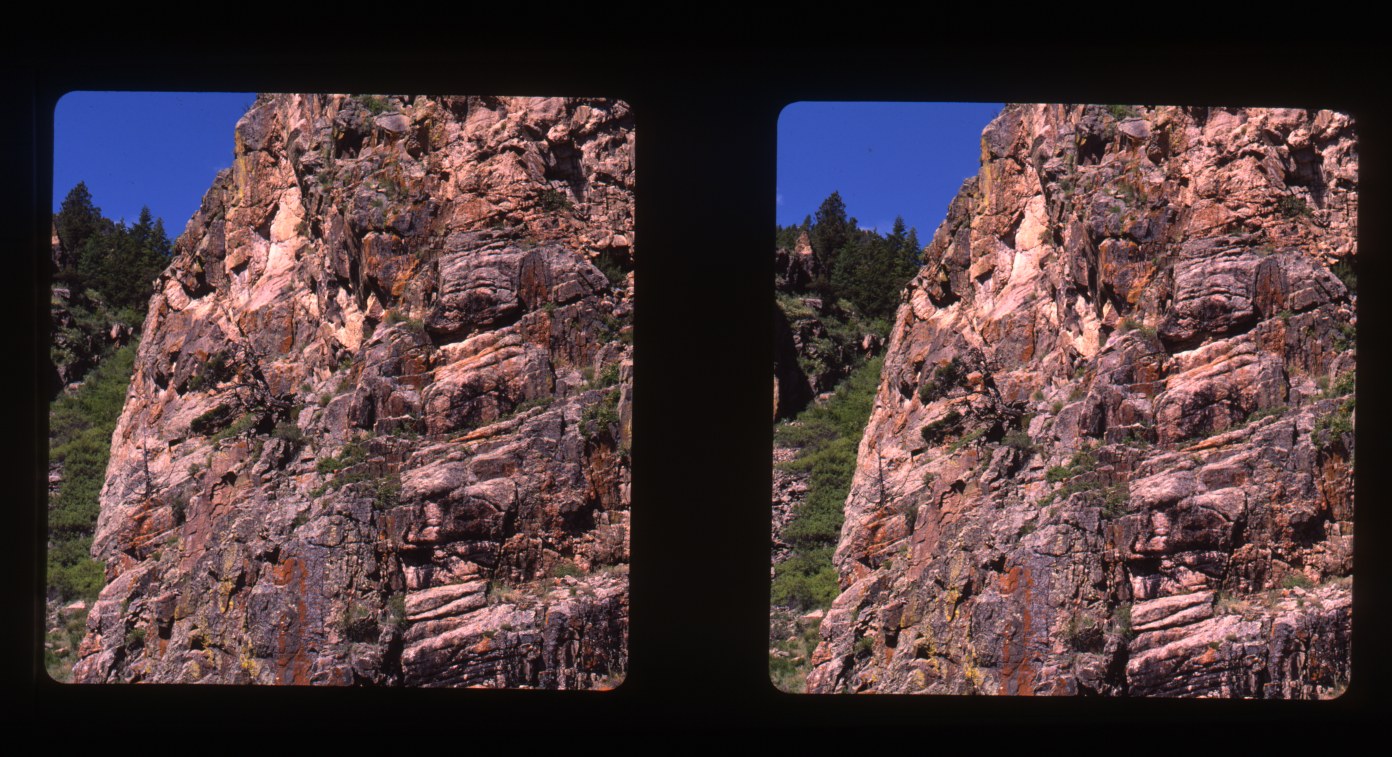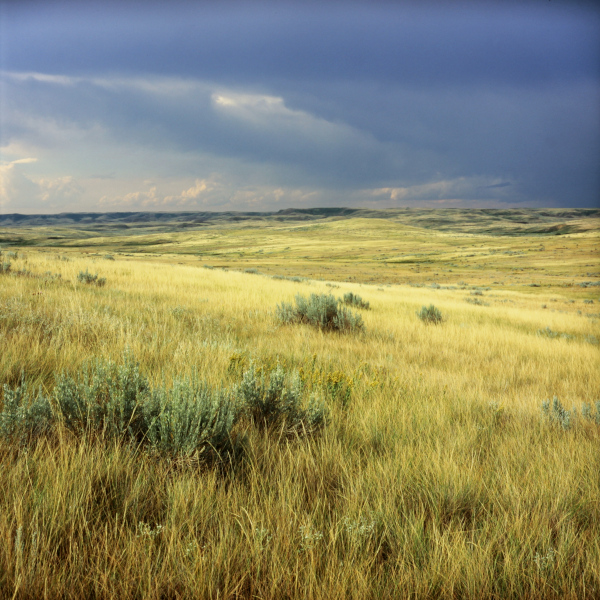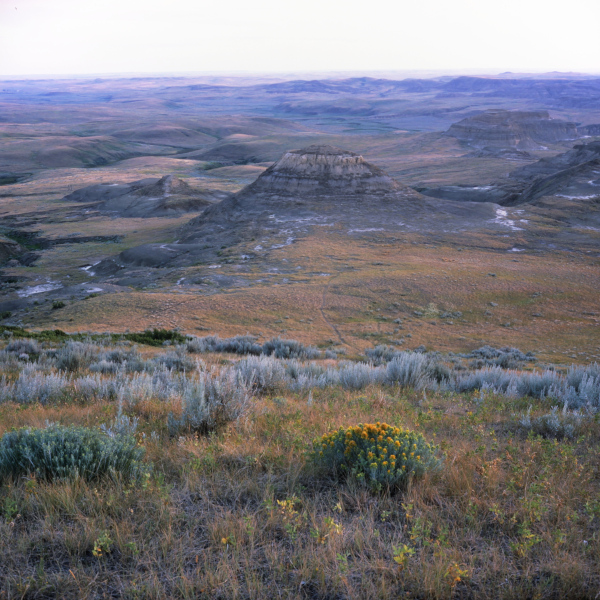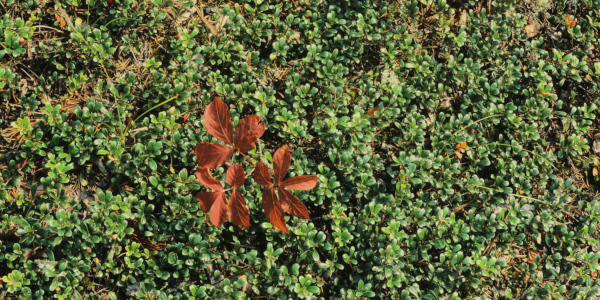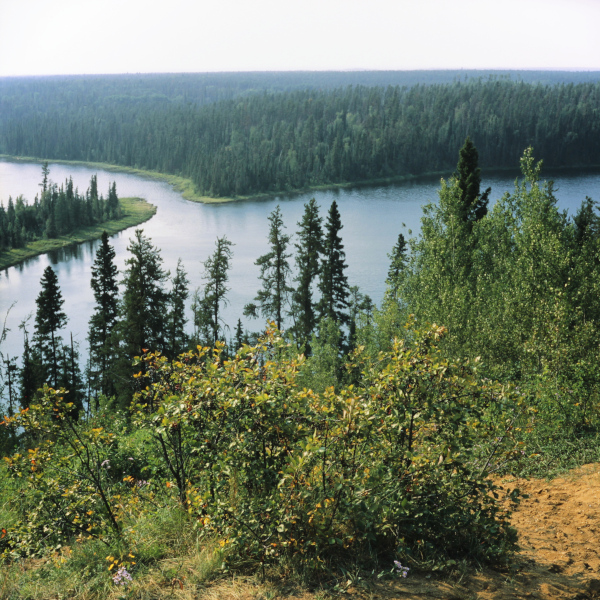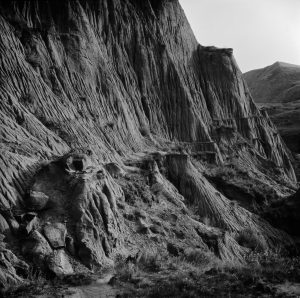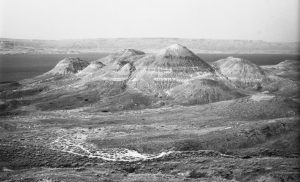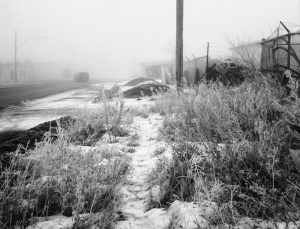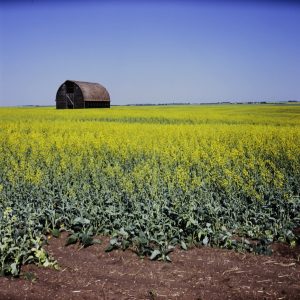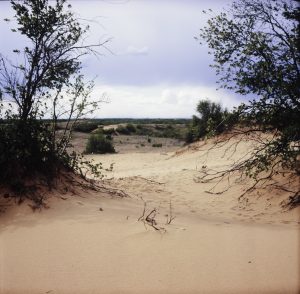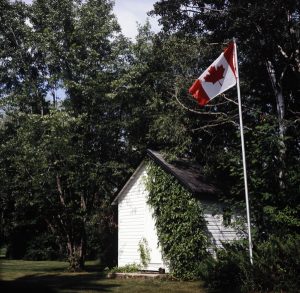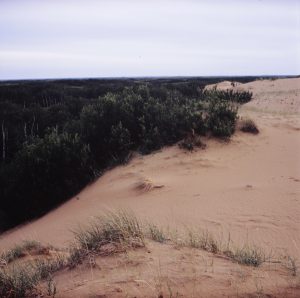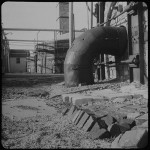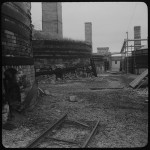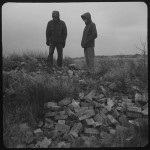Bert McIlwain’s submission for loop d22.
Author Archives: Ian Andvaag
Joel Alpers d22 submission
Ian Andvaag d22 submission
My first two images were taken in the East Block of Grasslands National Park in my home province of Saskatchewan, just North of the US border. It’s one of my favourite parks to visit. Since there are almost no trees (just a few cottonwoods down by the river), you can see a really long way. Consequently, you’re likely to see a lot of wildlife if you visit the park: pronghorn antelope, white-tailed deer, prairie dogs, badgers, ferruginous hawks and all manner of songbirds. Perhaps the most interesting is the burrowing owl, which makes its home in abandoned prairie dog tunnels. There’s also a herd of bison that they reintroduced to the park as a range land management strategy: the bison graze heavily on certain species of grasses, helping to keep a well-balanced prairie.
There are no well-defined trails, so you are free to roam around how you like. There are not many visitors to the park, so you can really appreciate the surroundings and get lost in your own thoughts. Even though you can see quite far, there’s little worry about someone walking into the scene you’re photographing. A lot of people, particularly from rural areas of the province find it strange to “go camping in a pasture”, but it’s really a wonderful place to unplug from fast-paced life and just walk around and think about things. The (mostly) native vegetation and abundance of wildlife is also considerably different to a cultivated pasture. It’s hard to imagine that the entire lower half of this province was filled with native grasslands like these, before 90% of it was cultivated.
There was a pretty big storm the one day I went hiking, and as the lightning was getting closer, I realized how little cover there really was around me on the bald prairie. I rushed down to the bottom of a hill and crouched down to make myself small. There were some tremendously loud and bright lightning strikes nearby which were pretty scary. I felt pretty powerless. The Great Plains image was taken about half an hour later, after the storm had started to move on.
For Badland Butte, I wish I would have had a stereo rig that allowed me to increase the stereo base. I tried some cha-chas with the TL-120, but the angle of the shadows actually changed appreciably in between the exposures, leading to some somewhat unpleasant retinal rivalry. I’m fixing up a couple of Agfa Isolettes; hopefully I’ll have them ready to go for this summer. I’d love to hear anybody’s suggestions for a good slide bar. I found out that Jasper Engineering no longer makes their slide bars.
The last two images were taken in Narrow Hills Provincial Park, this time further North, but still in my home province of Saskatchewan. I really liked the subsurface scattering in the red Sarsaparilla leaves, and the background texture of small green Lingonberry leaves made for a nice detail shot. The Chokecherries image is from the top of an esker left when the glacier retreated. A trail runs along the top of the esker which overlooks several small lakes below. The lakes pictured here are called the Grace Lakes. I visited during the end of summer, so it got pretty cool at night.
Hope you enjoy! Thanks for all your submissions, I really had a great time viewing all the wonderful slides this time around!
Ian Andvaag
Nik Sekhar A31 submission
There was no post for Nik’s submission, so I created this post in August 2021 so Nik could receive some comments. -Ian Andvaag
1) Mt. Rainier Stream 8/4/10 F16 1/125
2) Untitled. [3Ders in front of Chihuly art installation at New York Botanical Garden]
3) Untitled. [New York Botanical Garden Pond]
4) Untitled. [Nik’s son, I believe]
Grand-Staircase Escalante
In April 2018 I went on a road trip to Utah with a few friends. We stayed in the campground in the town of Escalante and went on day hikes to Lower Calf Creek Falls, Escalante River and the Dry Fork Slot Canyons.
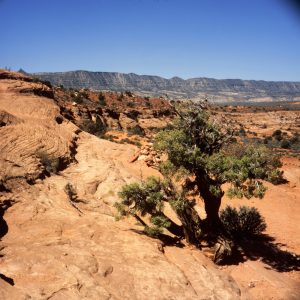 Grand Staircase-Escalante – RDP III – Sputnik (Location) The Grand Staircase-Escalante National Monument was (until recently) the largest National Monument in the contiguous US and comprises enumerable canyons, including some famous ones such as Bryce and Zion. On our first full day, we decided to visit the slot canyons nearby after speaking with the campground owner. I took this slide at the top of the Dry Fork trail which leads down to the slot canyons. |
 Slot Canyons – RDP III – Sputnik (Location) This was taken at the mouth of Peek-a-boo slot canyon. It’s quite high up and it was a bit tricky to get up with my tripod and Sputnik. There wasn’t too much stereo photography that could be done within the slot canyons since the narrow corridor would cause window violations. It’s a really neat place, and I recommend going if you get the chance. The road to get there is like a washboard though, so don’t take a nice new vehicle. Peek-a-boo was the shortest and easiest of the slot canyons here. We also went down Spooky canyon, which was extremely narrow at several points — I couldn’t get through with the backpack. It was also very dark in some places and the sky couldn’t be seen at all. Apparently the third canyon, Brimstone, is even narrower and has pools of water you have to wade through! We ran out of time to attempt it. |
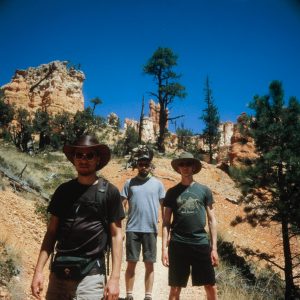 Heroic Hikers – RVP 100 – Sputnik (Location) On our drive back home, we stopped at Bryce canyon and hiked the Fairyland trail. It’s a very beautiful hike. These are my hikineg friends: Gabe, Derek, and Elliot. |
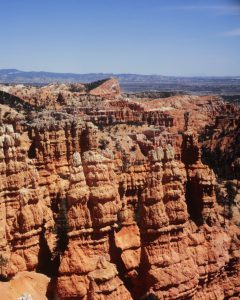 Sinking Ship – RVP 100 – Sputnik (Location) All along the hike, I was wishing I had some sort of twin camera rig, or a bit more time to do some cha-chas. It’s sometimes hard to balance photography with other activities, like hiking with others. I do a lot of walking, so I’m able to take photos and keep up quite well, but it still takes a fair bit of time to stop, set up and level my tripod, meter the scene and take the shot. When we arrived back at our vehicle at Fairyland point, I decided I really ought to take a hyper — cha-cha style. Unfortunately I didn’t have a lens cap or Mike Davis’ spreadsheet, but I found a railing to slide my camera on and I covered one lens with my hand. My apologies for the slightly excessive on-film deviation and corresponding window violation. Otherwise, I’m quite pleased with how it came out. I wish I had taken more hypers, but we had to get going. I hope to come back some day and really take my time shooting. The tilted landmass in the distance is called Boat Mesa or the Sinking Ship. |
Thanks all for sharing your wonderful images. It’s such a pleasure to participate in the folio.
Ian Andvaag
Saskatoon, SK
Ian Andvaag d21 submission
The first two images I have submitted were taken last summer at a unique location here in Saskatchewan called the Beechy Sand Castle and Sunken Hill. There are a couple of quarter sections of ranch land near the inlet of Lake Diefenbaker on the south Saskatchewan river that are home to some interesting land formations. It’s on private land, but the owner is gracious enough to allow visitors to come and hike around the area. Legend has it that an underground gas pocket collapsed, causing the land to give way. One day, the rancher went to check his cattle, and the tracks left by his truck a few days prior led right into the crater of the Sunken Hill!
The location is only accessible during dry conditions, since you have to drive through a field to get there. It was very hot the day I went and also quite smoky from forest fires out west in British Columbia. After walking around a bit and seeing the lay of the land, I knew I wanted to try out some hypers, but I had neither a laser rangefinder, nor Mike Davis’ stereobase calculator. I tried some anyway, but as you can see by my slipshod cutting to expand a panoramic mount, I didn’t get it quite right. Most of the hypers I took had very distracting retinal rivalry in the water, but this one didn’t seem quite as off-putting for whatever reason. This summer I have a goal to get a working system for hypers using two Agfa Isolettes.
The other two slides are from my city, Saskatoon, on one of the few days of the year that we get hoarfrost. It’s always so beautiful and it’s one of my favourite things to photograph in MF3D. I titled the one slide “Smell the Roses”, because the frost can make even a pile of overgrown weeds in an industrial district look pretty, and it seems like many people don’t stop to take notice.
Now that I’ve got a workable B&W reversal process, I’m more motivated to shoot black and white. Hope you enjoy!
Enter The Dragon Folio
 Adapted from “A Complete Guide to Heraldry” by Arthur Charles Fox-Davies
Adapted from “A Complete Guide to Heraldry” by Arthur Charles Fox-Davies
To provide a bit of history, originally there were two independently organized sets of folios:
- “MF3D Folio I” managed first by Greg Erker, and later by Sam Smith.
- “MF3D Folio II” managed by Brian Reynolds.
The comments page for both sets of folios was a custom-written piece of software by Joel Alpers. When John Thurston took over the management of “MF3D Folio I – Alpha” from Sam Smith in 2008, he went looking for an comments solution with a few more features than the jkalpers comment page. John ultimately developed this comments site powered by WordPress. When John assumed management of “Folio I – Beta” in 2009, its comments were also re-hosted here. Beta was retired in 2012, and its members rolled into Alpha.
The jkalpers comments page had continued to be used by “MF3D Folio II” up until early 2017, when the site went down. Tragically, the source code and admin password to the server running the software were lost, along with the archive of the many years of comments. The folio continued on for a while without a comments solution. In April 2019, Brian Reynolds transferred management of “MF3D Folio II” to me.
At this time, John generously offered to expand this WordPress site to be able to host comments from “MF3D Folio II”, so once again all of the active MF3D folio comments pages are consolidated in one place. The “MF3D Folio II” was renamed “Dragon Folio” under the suggestion of Boris Starosta. This name was chosen as to not be confused with the other active folio at the time of this writing, “Folio A”.
Here’s to many successful years of MF3D folios!
Ian Andvaag A30 submission
- Canola Field
- Storm Brewing
- Milkhouse
- Encroaching Dunes
Claybank, Saskatchewan
Thank you so much for welcoming me into your group. I am struck by the great variety present in the folio. There are cha-chas, long night exposures, extreme hyper stereos, multiple exposures, homemade cameras, handheld shots, flash and more. All these different methodologies are used with a vast array of subjects. There is so much to explore with MF3D, and I can’t believe my luck that I’ve stumbled upon it when slide film is still available and this small but dedicated user group exists to support one another in our craft.
Thanks, I’m very grateful!
Claybank, Saskatchewan is home to North America’s best preserved brick making site. The Claybank Brick Plant was operational from 1914 to 1989 and made bricks for many building projects, including the Château Frontenac in Quebec City. The national historic site is open for tours during the summer, but you are able to visit the clay hills any time.
Shortly after receiving my Sputnik, I tried to think of locations near me which would provide good stereo photographic opportunities (a somewhat challenging task on the bald Canadian Prairies!) Claybank occurred to me as a unique place to photograph with its derelict brick-making plant and its eroded hills. I hoped that using black and white film would communicate a kind of neglected feeling about this old place.
All images taken in the Spring of 2016 on PanF+ except for Kilns which was Delta 100.
- Brickworks
- Kilns
- Rejects
- Clay Quarry Canyons
